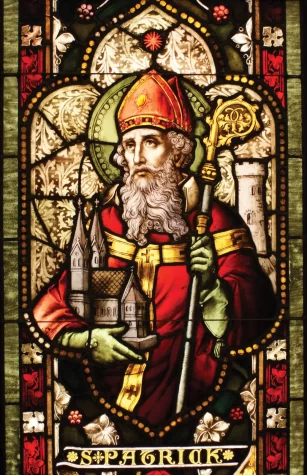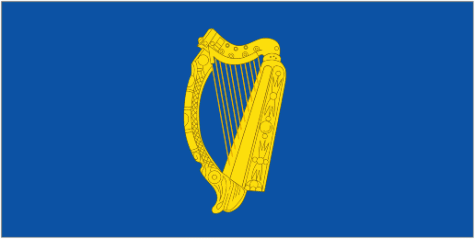The History of Saint Patrick’s Day
Saint Patrick’s day is a holiday celebrated on March 17th, and is commonly associated with things such as lucky charms and shamrocks. But, the origins of this holiday are very complex and date back thousands of years.
The holiday is also known as feast day of St. Patrick. He was the patron saint of Ireland, who was born in Roman Britain, which is current day Great Britain, in the late 4th century. Legend says that he was born as Maewyn Succat, and changed his name after he became a priest to Patricius (or Patrick), which comes from the Latin term for “father figure”. At the age of 16 he was kidnapped by Irish raiders and taken to Ireland as a slave to do forced labor. He later escaped slavery, but returned to Ireland in 432 CE, with a mission to convert the Irish population to Christianity. He established many churches, monasteries, and schools in Ireland before passing away on March 17, 461. The Irish people remembered him by celebrating with religious services and a feast on the anniversary of his death.

This tradition of celebration spread widely because of Irish immigrants who came to the United States. In the United States it became a largely secular holiday, and a celebration of all Irish things. Cities with large populations of Irish immigrants became the place where large celebrations were often held, including huge parades.
Boston held its first St. Patrick’s Day Parade in 1737, and was followed by New York City in 1762. In addition, annually since 1962, Chicago has colored its river green to recognize the holiday. One fun fact is that the green vegetable dye that is used to dye the Chicago River is actually used to check for illegally dumped sewage in the river, and sanitation workers ever since 1962 have decided to do the checks on St. Patrick’s day.

But it is interesting to note that the original color associated with St. Patrick’s day was blue, blue was the color featured in the royal court, and on the original Irish flags, but after the Irish Rebellion of 1798, the more common color became green. During the Irish rebellion, which was an uprising against British Rule in Ireland, the British wore their red uniforms, so the Irish decided to wear green, and sang the song “The Wearing of the Green” during the rebellion, securing green’s pertinence in Irish History. The British saw the color green as a symbol that could unite the Irish in a revolutionary manner. They banned people from wearing green to restrict their Irish identity, therefore wearing green showed that you supported the Irish rebellion against the British. During this rebellion the clover also became a symbol of nationalism, and the color green spread as a symbol of Irish nationalism. You can learn more about the rebellion and its association with green here.

You can view our article about How You Can Celebrate St. Patrick’s Day In The Triangle here. If you are curious to learn more about the Irish culture, then you can read our article about the Irish Gaelic language here. Happy St. Patrick’s Day to all!
